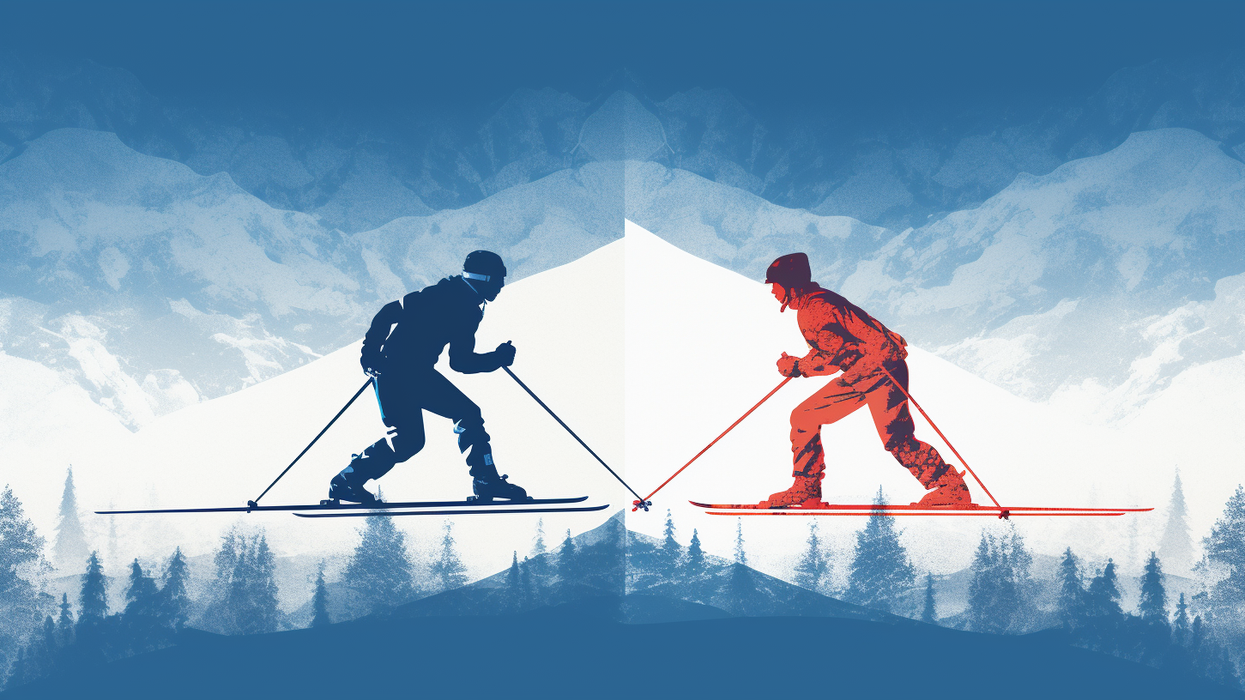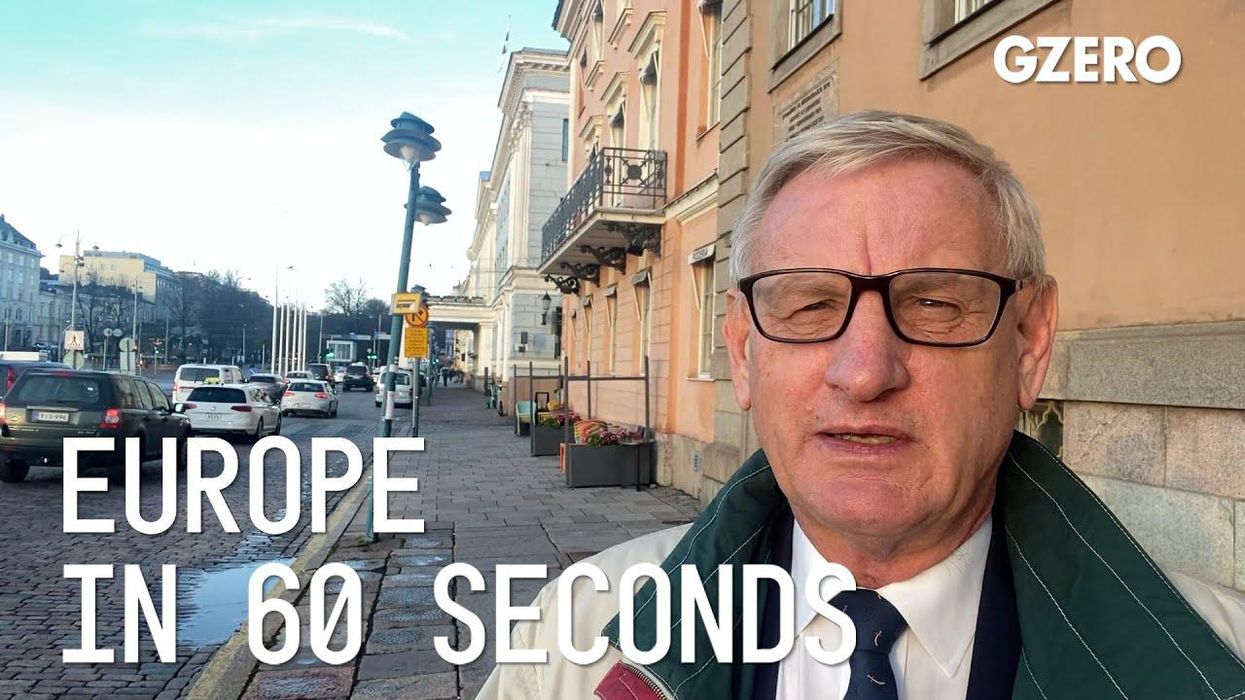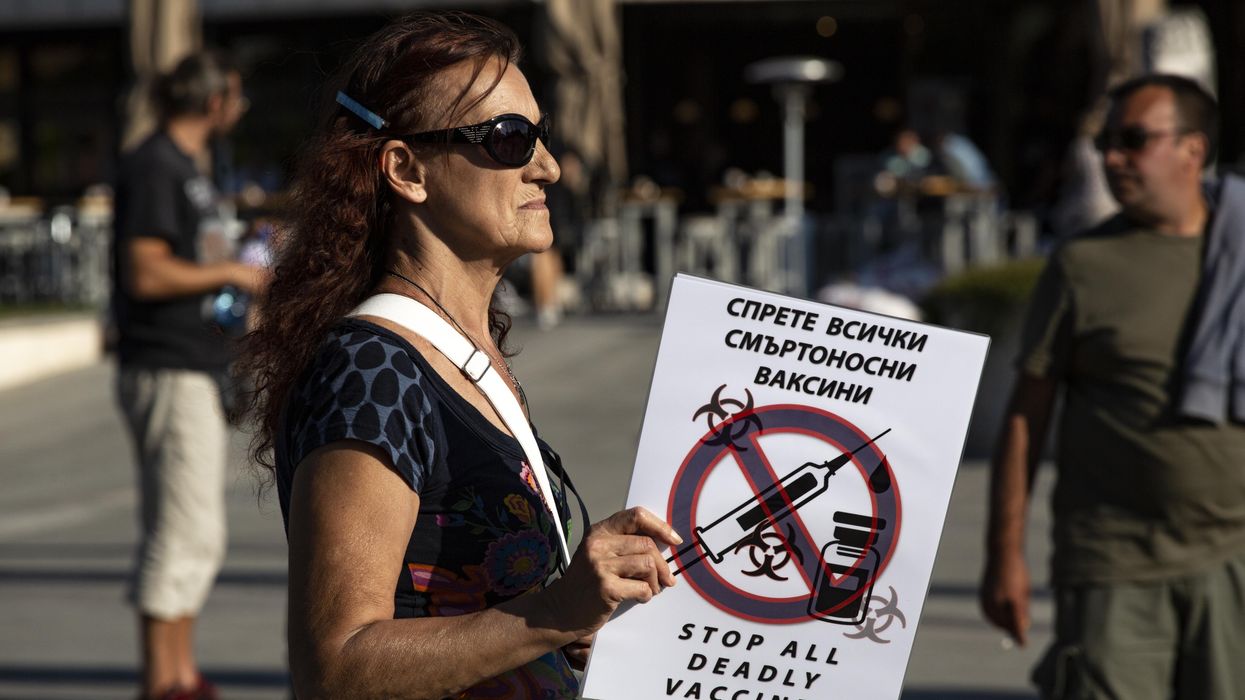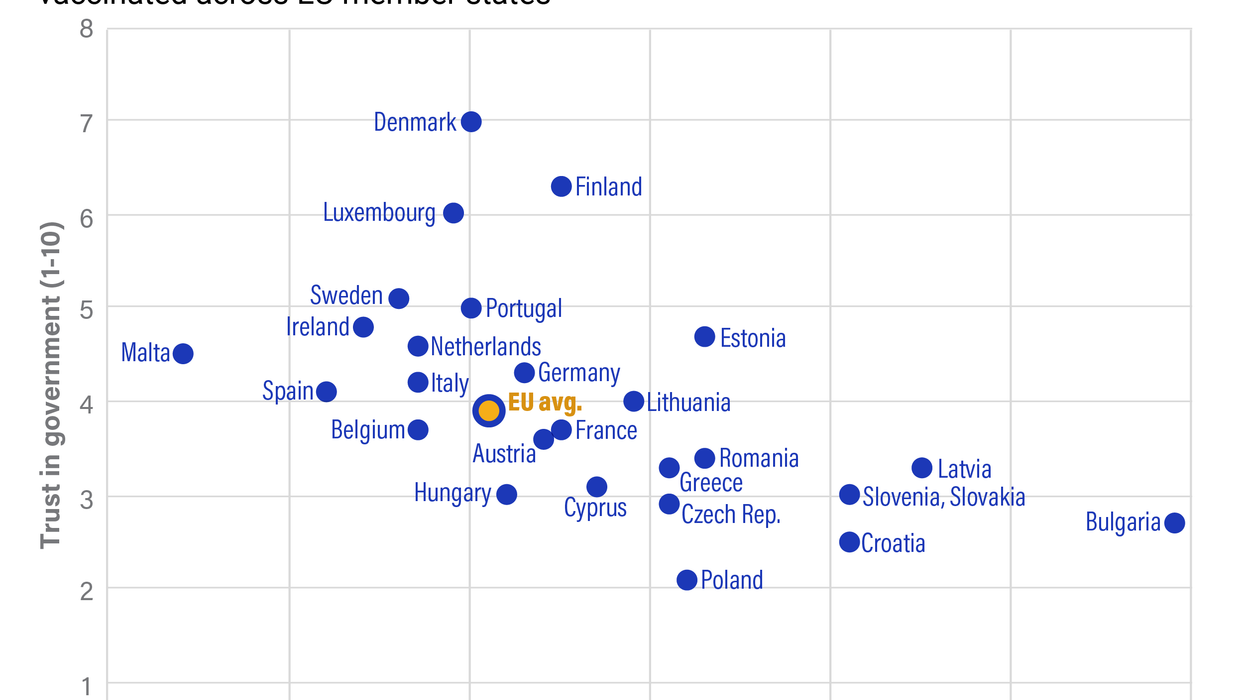Analysis
Your own little Davos: Why trust is failing and what to do about it
A ski mountain is a good place to observe trust in action – a microcosm of the thousand little leaps of faith in people and things that get us through our days.
Jan 18, 2024




